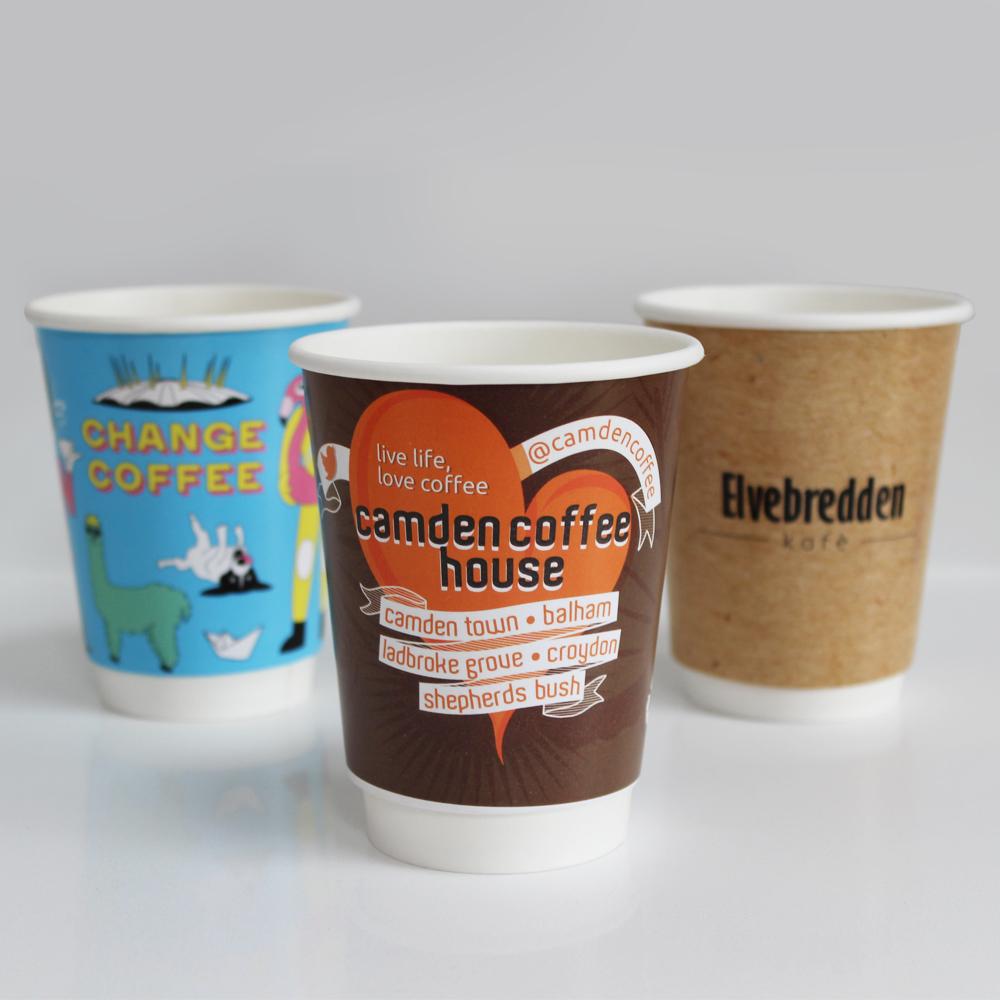Digital Printing for Food Packaging A Revolution in the Industry
In recent years, digital printing has emerged as a transformative technology in the food packaging sector. This innovative printing method is reshaping how brands communicate their identity and how consumers interact with packaging. Unlike traditional printing techniques, digital printing enables high-quality, customized designs that can enhance brand recognition and consumer engagement.
Digital Printing for Food Packaging A Revolution in the Industry
Furthermore, digital printing supports sustainable practices in food packaging. Traditional printing processes often involve long lead times and significant waste during setup. In contrast, digital printing generates less waste by eliminating the need for printing plates and allowing for smaller batches. Many digital printers also use eco-friendly inks and materials, further reducing the environmental impact of packaging production. This aspect not only appeals to environmentally conscious consumers but also helps brands meet increasing regulatory standards for sustainability.
digital printing for food packaging

Quality is another hallmark of digital printing in food packaging. Digital technology enables the reproduction of vibrant colors and intricate designs, which can enhance the visual appeal of food products on store shelves. Eye-catching packaging often attracts consumers, and with digital printing, food brands can develop graphics that truly reflect their product’s quality and brand ethos. Additionally, the ability to print variable data allows brands to personalize packaging for individual consumers, creating a unique experience that can drive loyalty.
However, the shift to digital printing does come with challenges. While the technology offers numerous benefits, the initial investment in digital printing equipment can be significant. Moreover, not all materials are suitable for digital printing, which may necessitate changes in packaging materials or sourcing. Brands must carefully evaluate their needs and capabilities before fully committing to this technology.
In conclusion, digital printing is revolutionizing the food packaging industry by providing a more flexible, sustainable, and visually appealing solution. As consumers increasingly seek personalized and eco-friendly products, brands that embrace digital printing are well-positioned to thrive in a competitive market. The future of food packaging looks promising, with digital printing at the forefront of innovation and consumer engagement.



